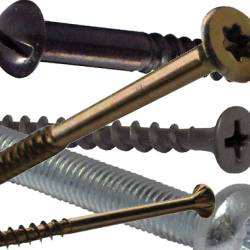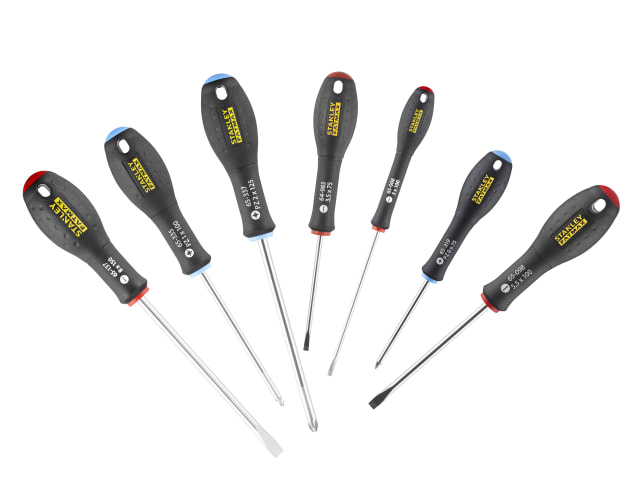How Do I Install Screws And Fixings?
Screws and fixings are essential for a wide range of jobs around the home, whether you are repairing some furniture or undergoing a major home renovation task. Likewise, in the workplace screws and fixings are used for minor repairs and for extensive engineering, installation and maintenance projects, so their importance can’t be overstated.
And while screws and fixings represent minimal expense as individual items, if you choose incorrectly or apply poor techniques in installing them, the effects can be very costly. This could lead to items leaking or becoming damaged, which can become a health and safety issue, but can also lead to costly repairs, a shorter lifespan or poor performance of the component being fixed. So in this guide we will look at technique and considerations for installing screws and fixings, but we will also look at the importance of choosing the right items.
Choosing the right type of screw or fixing
The first step in installing any screw or fixing is to choose the right type for the job you are undertaking. This very much depends on the materials you are dealing with. Usually these will be screwing into concrete, plasterboard or wood, but the type of screw or fixing you need also depends on what you are looking to secure, ie. will it be moving? How heavy is it? What environment will it be in?
Each type of screw and fixing has its own features and benefits, so you need to take advice on which specific type and size you need for the job you are doing. The main issue with screws and fixings is that if you choose the wrong type, or install it incorrectly, it may not be immediately apparent. So a shelf or a chair or a machine may look secure at first, but it can very soon work loose or come under strain, and probably at a time when you are no longer watching it to check. This can lead to major safety problems and costly repairs just because you have used a screw or fixing that is the wrong size by 2mm, or is the right size but the wrong material strength.
You should also choose the right material for your screw or fixing. Again, different materials offer different benefits, such as levels of strength and durability, or corrosion resistance. Common materials for screws and fixings are steel, stainless steel, aluminium or brass. The thread is also important because it can dictate what torque resistance or pull resistance there is, and again you need to match this to what is required for the task.
Best practice for installing your screws and fixings
Once you are confident that you have the right screws and fixings for the job, there are a number of practical considerations you need to make to ensure the job is completed safely and correctly.
- Right tools – are you using the right tools for the job? Can you ensure the screws and fixings are securely installed and are not overtight or loose? This is also a safety consideration in terms of the power necessary for the job. Can you handle a power tool? Or does the tool require more physical power than you are capable of? Get this wrong and you can damage yourself, the component and the material you are fixing into.
- Have everything to hand – there is nothing more frustrating than having something positioned in place and then needing to start again because your screwdriver or hammer or a nut or washer is out of reach. This also helps you in fixing everything securely, because you have everything you need and where you need it and so you won’t be tempted by dangerous shortcuts.
- Pre-drill holes – for accuracy and a handy guide, it is helpful to pre-drill or pre-screw holes as this will make the proper screw installation much easier, particularly if you only have one free hand, for example.
- Use a spirit level – this is particularly useful if you are installing hardware, such as a shelf or a picture on a wall. A spirit level makes sure holes or fixings are lined up correctly. And this won’t just help from an aesthetic viewpoint, it also means your fixing is secure and will function as it should do.
- Don’t tighten until you need to – when installing screws or fixings, it is helpful to leave things loose until you have all your screws in place. This allows you to make small adjustments and allows for some movement, which can sometimes help in securing the second, third and fourth screws in an installation. It also means they are easier to remove if you have to start again for any reason. When you are happy everything is correctly in place, you can make the final tightening of all the screws and fixings.
- Check the wall or material condition – whatever you are screwing into needs to be safe and secure, so check that walls or plaster isn’t crumbling, or wood isn’t splitting or cracking. If this is the case, whatever you are fixing will not stay in place and you may need to reconsider the job.
- Safety – this is critical for any screw or fixing installation. Make sure you can safely and competently use power tools, you are correctly and safely positioned for the task, you have PPE for dust or friction and have the right tools to ensure everything is left secure.
* Please note this is a basic guide for informational purposes only, always consult a professional on such an installation.